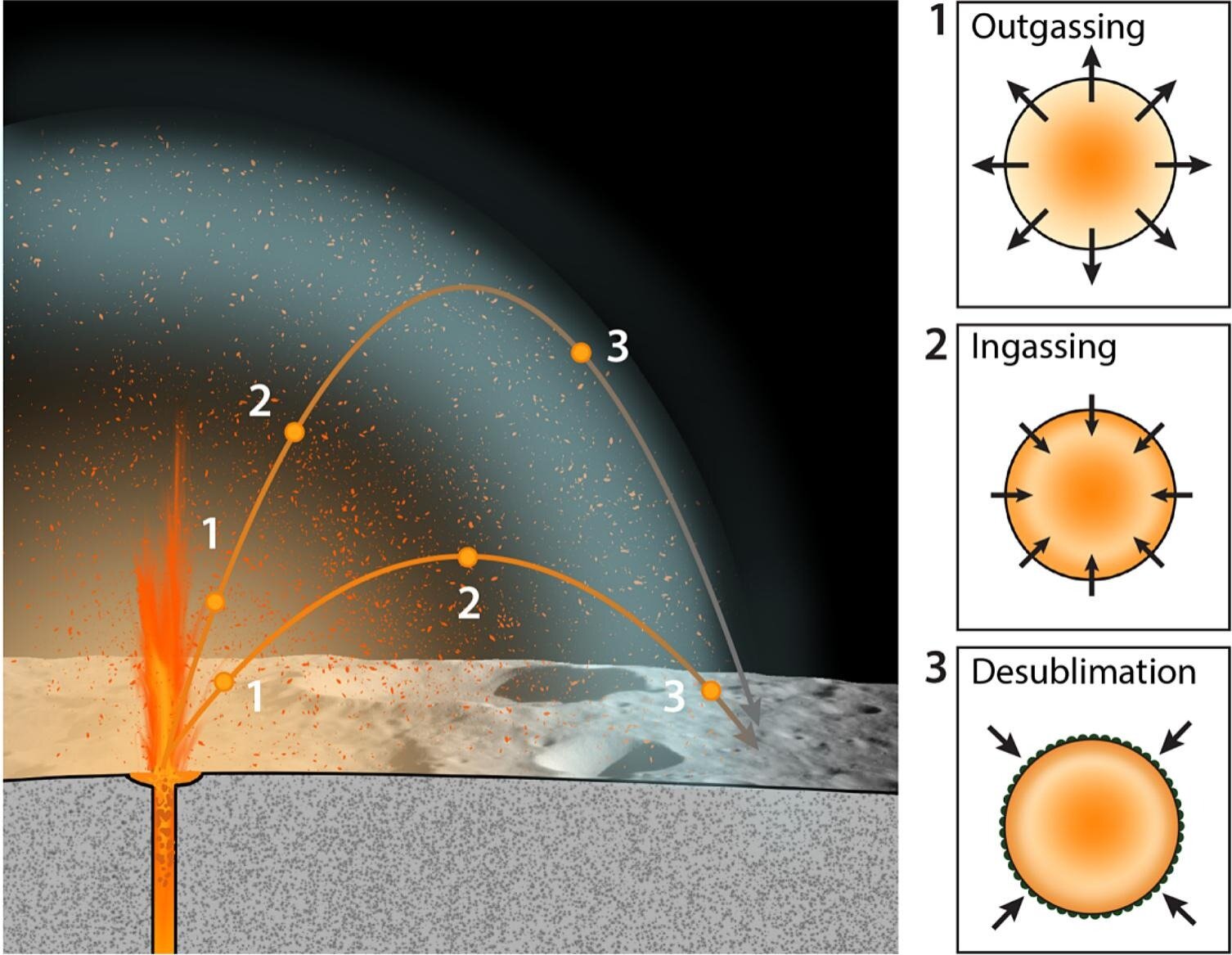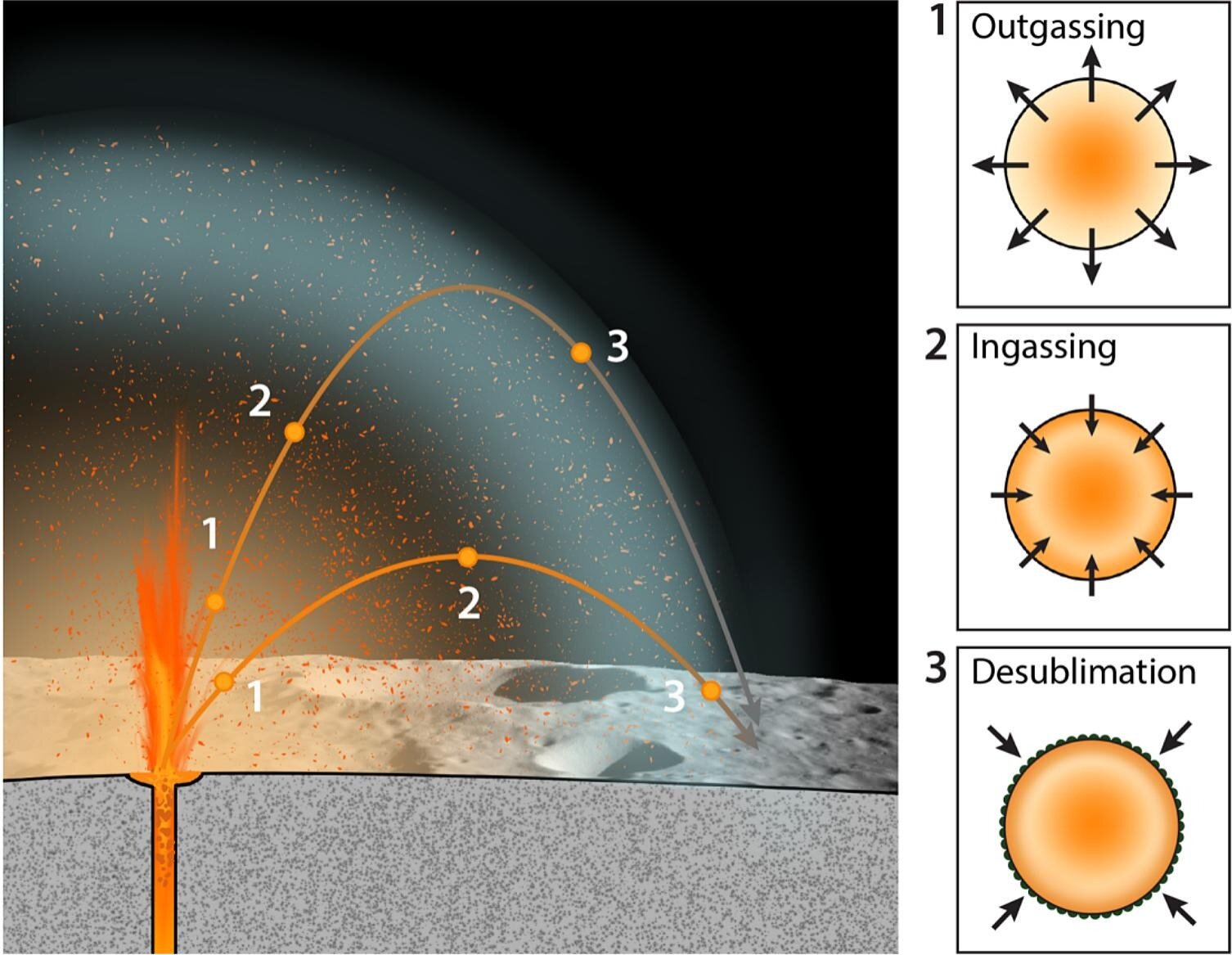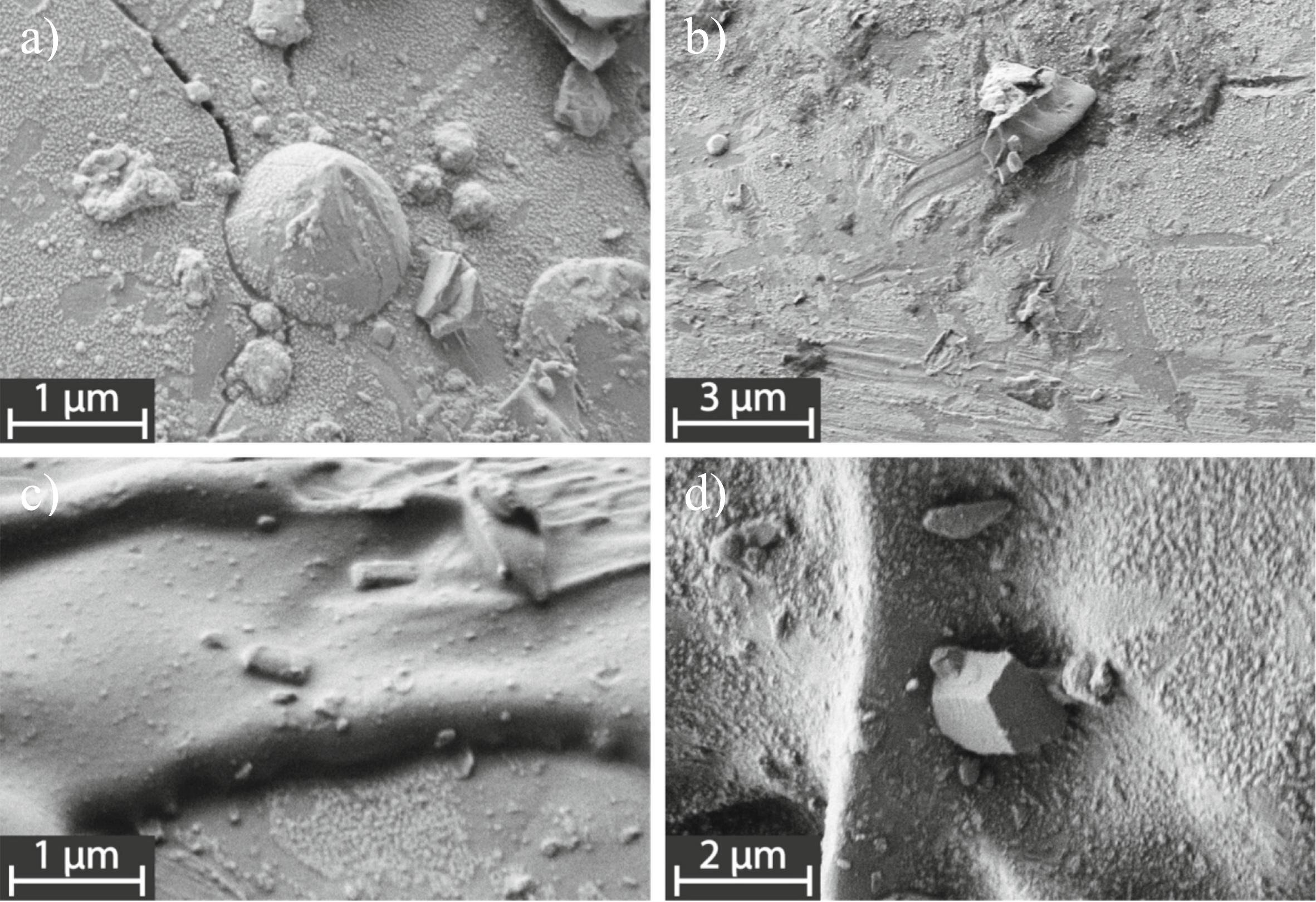Now Reading: 50 years later, Apollo 17’s moon samples are still revealing secrets about lunar volcanoes
-
01
50 years later, Apollo 17’s moon samples are still revealing secrets about lunar volcanoes
50 years later, Apollo 17’s moon samples are still revealing secrets about lunar volcanoes

Amazingly, the samples of material from the moon retrieved by the Apollo missions are still providing new insights more than 50 years later, in this case how tiny glass beads that litter the lunar surface are telling us about the explosive volcanic plumes that formed them 3.3 to 3.6 billion years ago.
“We’ve had these samples for 50 years, but we now have the technology to fully understand them,” said Ryan Ogliore, a physics professor at Washington University in St Louis, in a statement. “Many of these instruments would have been unimaginable when the beads were first collected.”
The tiny beads, less than a millimeter in size, are embedded in lunar rocks and mixed into the lunar regolith. They come in two varieties, orange and black, and were produced when drops of lava in plumes that violently erupted out of volcanoes cooled quickly in the cold vacuum on the lunar surface. Around 3.5 billion years ago, the the moon was drastically volcanically active, forming the dark patches of the lunar maria that today form the “face” of the “Man in the Moon.”
“The beads are tiny, pristine capsules of the lunar interior,” said Ogliore. “They’re some of the most amazing extraterrestrial samples we have.”
Ogliore was part of a team led by Thomas Williams, Stephen Parman and Alberto Saal of Brown University in Rhode Island, who deployed a variety of modern microscopic analysis techniques on the beads to learn more about the volcanic conditions in which the beads formed.
The main instrument used was a NanoSIMS 50 ion microprobe at Washington University, which can perform spectrometry at the atomic scale, identifying elements and isotopes, and probing nano-scale structure.
To avoid the subject material being exposed to Earth’s atmosphere and reacting with its oxygen, the ion beam cored into the samples, extracting the beads from within them, and then taking care that the material was protected from our atmosphere. The samples were then subjected to a number of analysis techniques, including atom probe tomography, scanning-electron microscopy and energy dispersive X-ray spectroscopy.
“Even with the advanced techniques we used, these were very difficult measurements to make,” said Ogliore.
The measurements told the team about the pressure, temperature and chemistry of the environment that the beads formed in. Indeed, their very existence is proof that the moon had explosive eruptions, “something like the fire fountains that you can see in Hawaii today,” said Ogliore.

Yet the color, shape and chemical composition of the lunar glass beads are quite unlike their terrestrial counterparts.
The analysis showed that the glass beads are coated in a layer less than 100 nanometers thick, deposited on the beads as vapor condensed out of the volcanic clouds. As such, probing these nano-layers provides information about those volcanic clouds, from which we can learn more about lunar volcanism.
The nano-layers on the surface of the beads are not smooth, but feature a number of shapes and inhomogeneities described as “micromounds,” “lathes,” “plaques” and “blebs.” The micromounds in particular have a base that is richer in iron than their upper surfaces. This iron gradient is connected to how the pressure in the volcanic plume rapidly decreased in the brief time that it took for the micromounds in the nano-layer to be deposited.

Both the black and orange beads studied in this analysis were recovered by the Apollo 17 mission in 1972 — the only mission to fly with a specialist geologist, Harrison Schmitt, on board — from the Taurus-Littrow Valley in Mare Serenitatis.
The black beads are abundant in zinc-sulfide nanocrystals, and thermochemical modeling of these beads indicates that hydrogen and sulfur were the major elements in the volcanic gas plumes that formed them. Meanwhile, the orange beads lack notable quantities of zinc-sulfide crystals. This suggests a change over time in the conditions of the volcanic eruption that produced the black and orange beads.
“It’s like reading the journal of an ancient lunar volcanologist,” said Ogliore.
Although the findings are only a small detail in the grand scheme of things, they take us a step closer to understanding the volcanic conditions that formed the Man in the Moon, and why that volcanism occurred in the first place.
The results were published online in April in the journal Icarus.
Stay Informed With the Latest & Most Important News
Previous Post
Next Post
-
 012024 in Review: Highlights from NASA in Silicon Valley
012024 in Review: Highlights from NASA in Silicon Valley -
 02Panasonic Leica Summilux DG 15mm f/1.7 ASPH review
02Panasonic Leica Summilux DG 15mm f/1.7 ASPH review -
 03How New NASA, India Earth Satellite NISAR Will See Earth
03How New NASA, India Earth Satellite NISAR Will See Earth -
 04And Thus Begins A New Year For Life On Earth
04And Thus Begins A New Year For Life On Earth -
 05Astronomy Activation Ambassadors: A New Era
05Astronomy Activation Ambassadors: A New Era -
06SpaceX launch surge helps set new global launch record in 2024
-
 07From Polymerization-Enabled Folding and Assembly to Chemical Evolution: Key Processes for Emergence of Functional Polymers in the Origin of Life
07From Polymerization-Enabled Folding and Assembly to Chemical Evolution: Key Processes for Emergence of Functional Polymers in the Origin of Life




















